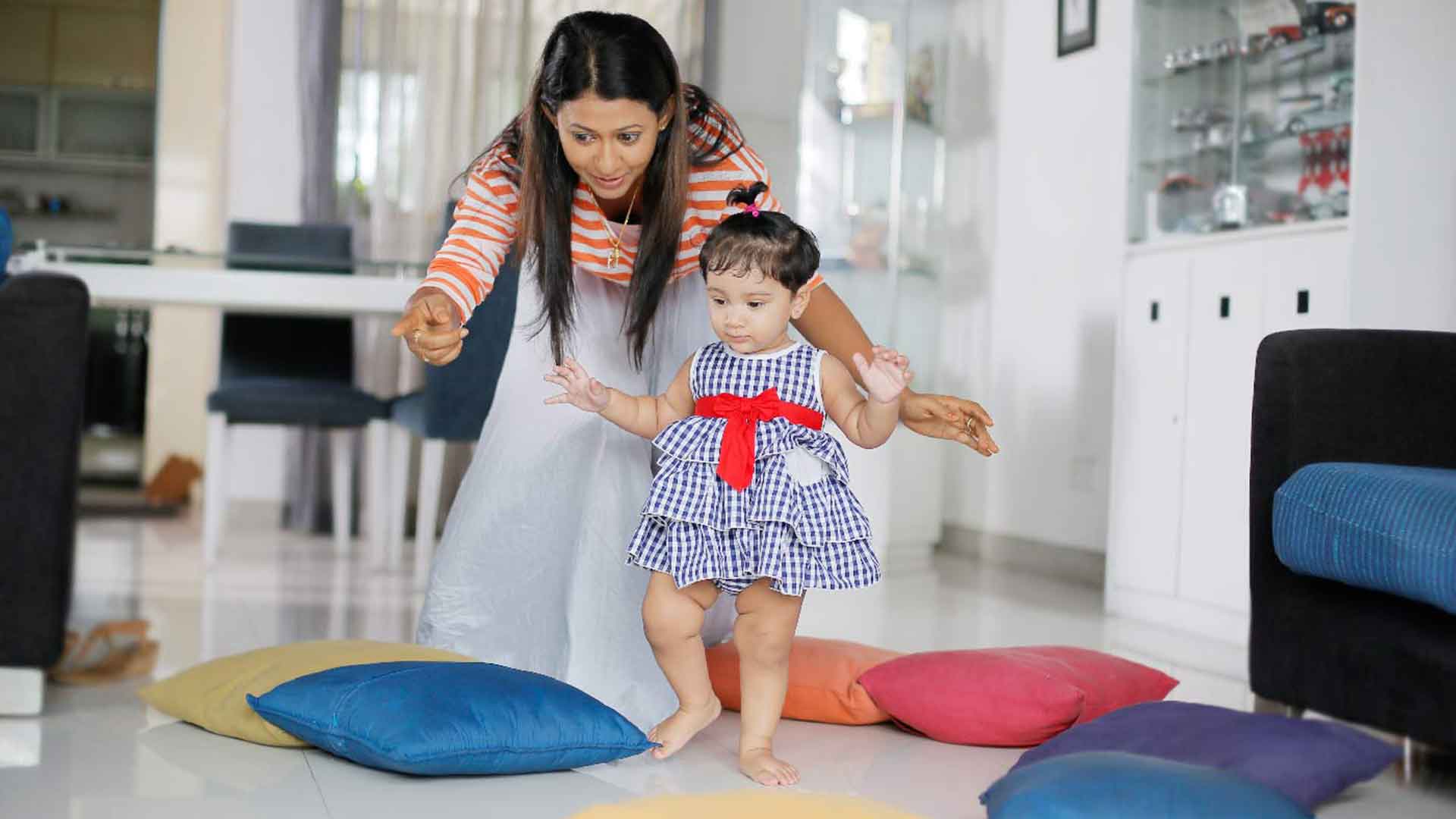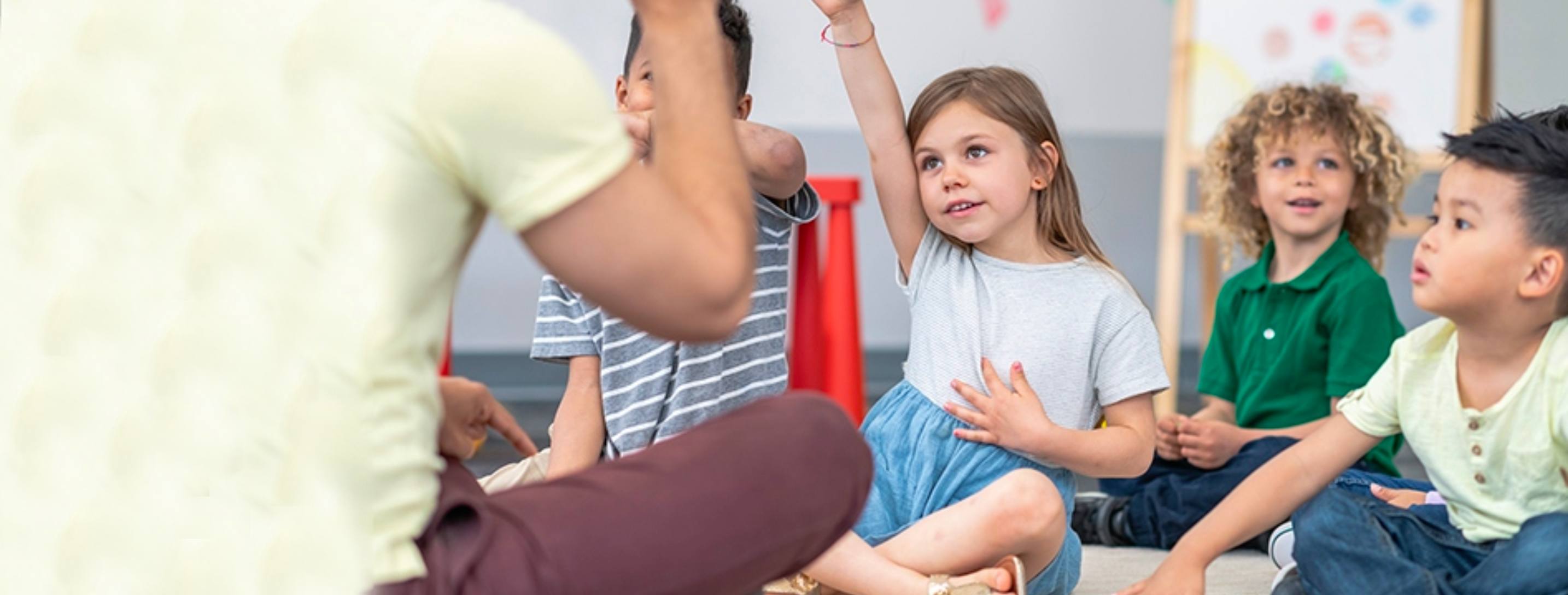























Communicating to Get Things Done Helping your Child to Listen

Dinusha Manjarie Wickremesekera

When we communicate, we are either sharing information or informing, or two or more people are exchanging ideas. Communication is fundamental to the social beings that we are and helps to improve the quality of relationships.
Communication require vocabulary and even infants are avid listeners turning their heads to the direction of a voice and responding to their name and picking up words. By two years they would have acquired a word and from then on would be increasing their understanding of use of words very fast.
Children at this age also learn by listening and repetition is very helpful so talking to your child from a young age helps to begin the process of communicating. From a young age make sure that you talk to your child as your do things letting them know what is happening. Particularly when you are doing things – even though they might not say it they are registering meaning.
Children are always trying to communicate even before they can articulate words – they would be gesturing for what they want. About 60% of our communication is non-verbal so observe their body language and facial expressions.
Likewise, children are very keen observers, and this means that we communicate with our children verbally and children copy or imitate this, and they also observe or read our nonverbal cues and imitate and follow these cues. So, for example let’s say you are talking to your child but looking at the computer or phone. A child might now get insistent or angry because he or she doesn’t feel the attention.
So being present with a child when talking to the child is very important. There are different ways that you can convey this – to the child. Firstly, you would want to focus fully on the child when talking together. Allocate the time if you can’t at that moment – express it and make time later. Secondly it is always good to be at eye level with the child so you could go seat together or if standing come down to the child’s level.
Another important thing to keep in mind is that when children are communicating a lot of the time, they are communicating their feelings. If crying maybe they are hungry or angry or anxious. As frustrating as it could be if this little communication is happening at a public place or not the greatest of time – remembering this helps us to address this need and not react and continue the behavior.
Keep in mind that your communication style will change as your child gets older. Upto 12 months you would be responding to your child’s needs quickly and trying to give meaning to their attempts at communicating – for example when a child is crying, and it is close to mealtime you would say- you are crying because you are hungry. You would be observing how they express their emotions.
1 – 3 years – they are picking up on vocabulary now - so you would be very descriptive at the beginning and until they have the words – now more in sentences and move towards questions and answers with them. You would want to continue to see the emotions they are expressing and validate them. This is a time that they will be expressing themselves more strongly so you might want to talk to them about what is going to happen and when to prepare them.
But how do we get things done. Up to now we have looked at ways in which we communicate to develop our relationship. Once the relationship is established setting boundaries, rules and tasks and enforcing becomes easier. You can listen to children yes, but you must also be clear in your own expectations.
So: when getting children to do something you need them to do:
1. Be sure that you have their attention before you tell them what you want them to do.
2. Be simple and clear with your instructions to make sure that they understand and that they know how to do it.
3. Your physical presence would also be very helpful is getting somethings done – so be close also when giving instructions
4. When you provide instructions ensure that they have time to understand them
5. Praise and appreciate when a task is completed
Share With:
Recommended Articles


What Causes Stress in Children?
We often define children as little humans who are problem free and joyful. This is the same reason why we tell ourselves at times ‘oh I wish I could go back...
Read More

How we could ensure the development of a child while providing care for them?
Caring for a child is a responsible task in its nature. It involves various tasks starting from the simplest ones such as feeding or dressing a child to the...
Read More

Helping Children Transition Back to School after the Pandemic: What Parents Can Do
Helping children transition back to school or sending them school for the very first time is usually a challenging task. COVID pandemic forced families keep the...
Read More